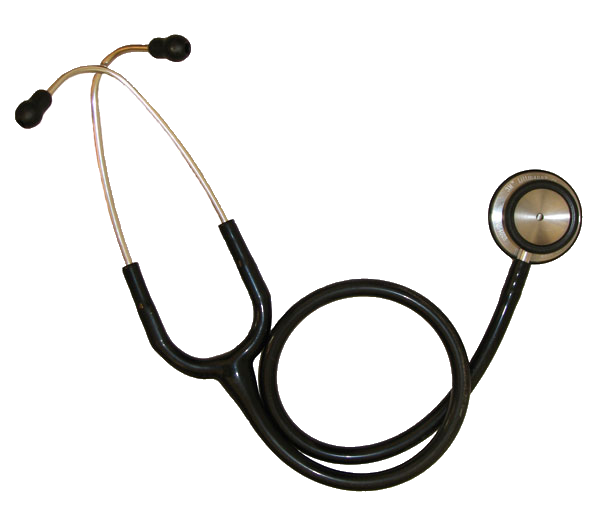
Medicine
Environmental & Science Education
Edward Hessler
The use of the stethoscope is at the crossroads, even past it according to some. See this Washington Post article on its use and how doctors line up on its use versus, say apps or other technology.
The article has a link to MurmurLab which is for listening practice. Unfortunately, it is not available to the general public but the information sheet about CARD, the Cardiac Ausculatory Recording Data Base at The Johns Hopkins School of Medicine, Helen B. Taussig Children's Heart Center introduces readers to this aspect of the work of the heart center.
In addition the Washington Post essay points our the MurmurQuiz which is designed to for students to learn by listening to actual cases. Again this quiz is not currently available to the public but has a sign-up for notification when it becomes available for listening by the general public.
However, the Post essay does have two active links to the sounds of a normal heartbeat and two anomalies.
I was reminded of a comment by Dr. Anthony Verghese, Stanford University School of Medicine who is dedicated to putting life back into the routine physical. About the stethoscope, he is known for asking "What's the most important part of the stethoscope?" His medical students often stare in silence then moan when Dr. Verghese answers "The part between the earpieces." This article includes this quote and also provides a lovely profile of him and his clinical approach to clinical medicine.
Dr. Verghese promotes the culture and enculturation of bedside medical practice. At StanfordMedicine25 Dr. Verghese describes what he means by these practices. There are 25 lessons on routine bedside practices at the highest standards of practice. These are standard techniques that every doctor should known and practice at the highest level possible.

 CGEE Student Voice
CGEE Student Voice
No comments:
Post a Comment